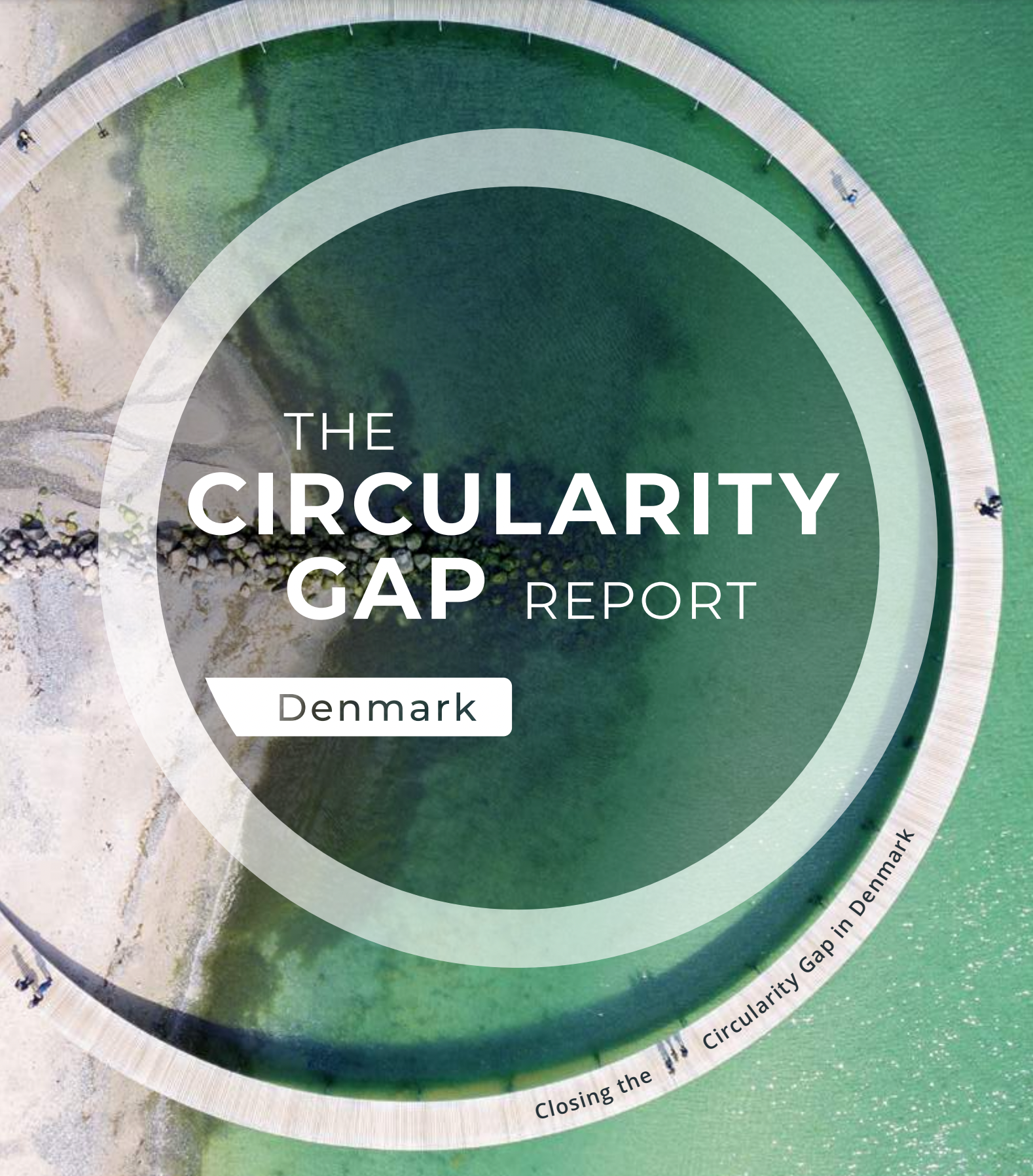Denmark’s economy is 4 % circular
Denmark’s economy is only 4% circular. Joining the overall low circularity metrics of its Nordic neighbours. The newly launched Circularity Gap Report Denmark points out that this figure is defined by very high material consumption of 24.5 tonnes of virgin materials per person, per year—over twice the global average.
“Extraction within Danish borders, at 19.9 tonnes per capita, also substantially tops EU and world averages—and much of what is extracted is exported, its use and end-of-life management contributing to environmental impacts around the world,” the report states.
How does it make you feel that only 4% of the nation’s materials make it back into the economy—the rest are wasted?
While Denmark is working hard towards the goal of net zero, having already transitioned mostly to using renewable sources of energy, the material consumption measured in this report is more than three times higher than the estimated ‘sustainable’ level. Overconsumption makes it difficult to cycle materials at the scale and speed needed for the circular economy—despite the country’s high recycling rates.
Circular economy strategies can help the country to:
reduce its material use by 39%
cut its carbon footprint by 42%
bolster biodiversity and stronger, more resilient communities
create opportunities in the labour market
The bottom line of this report is that the vast majority of material inputs to the Danish economy come from virgin sources. This, yet again shows, that circular strategies need to be adopted hand-in-hand with stronger measures on natural resource management and regenerative initiatives. We are past the point of reducing our impact—it is now crucial, to the extent that it is possible, to repair the damage that has already been done.
Explore the report by Circle Economy and partners here.











